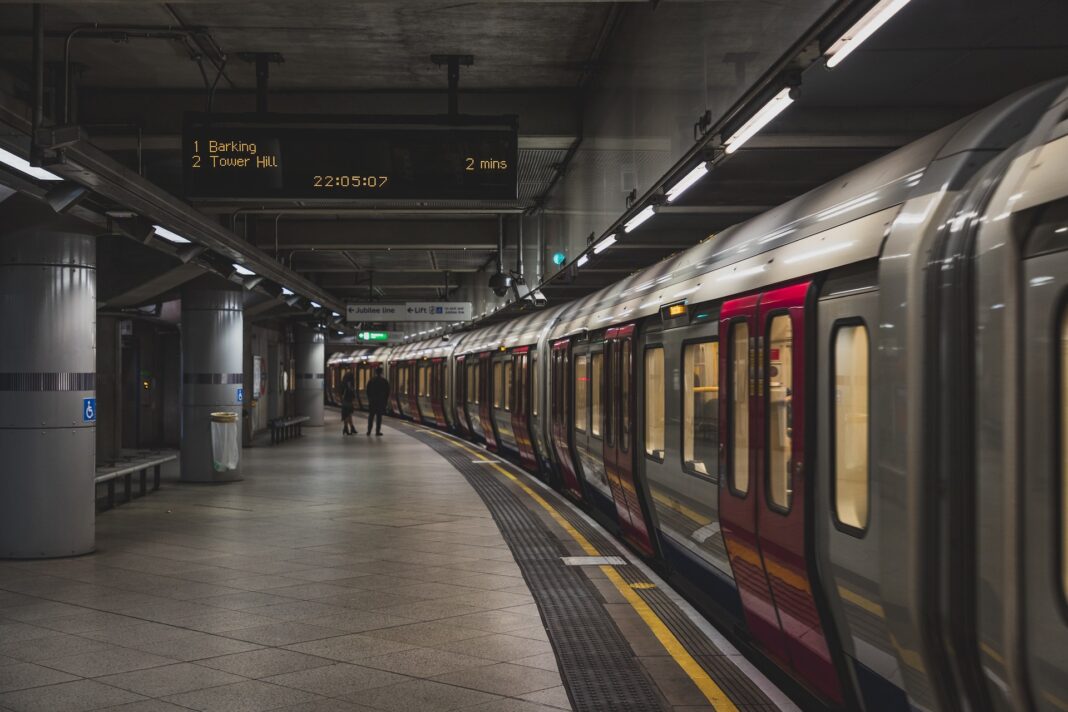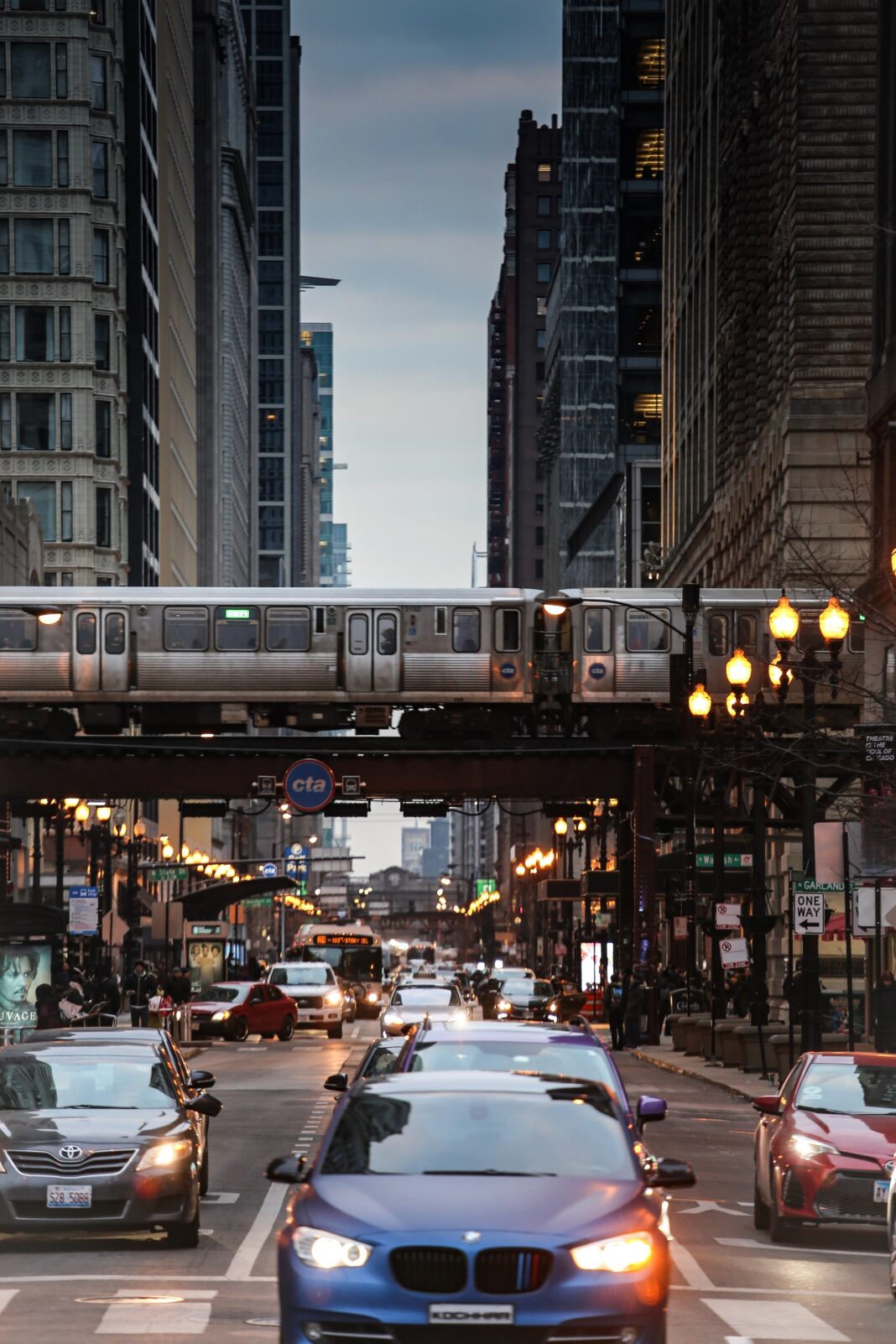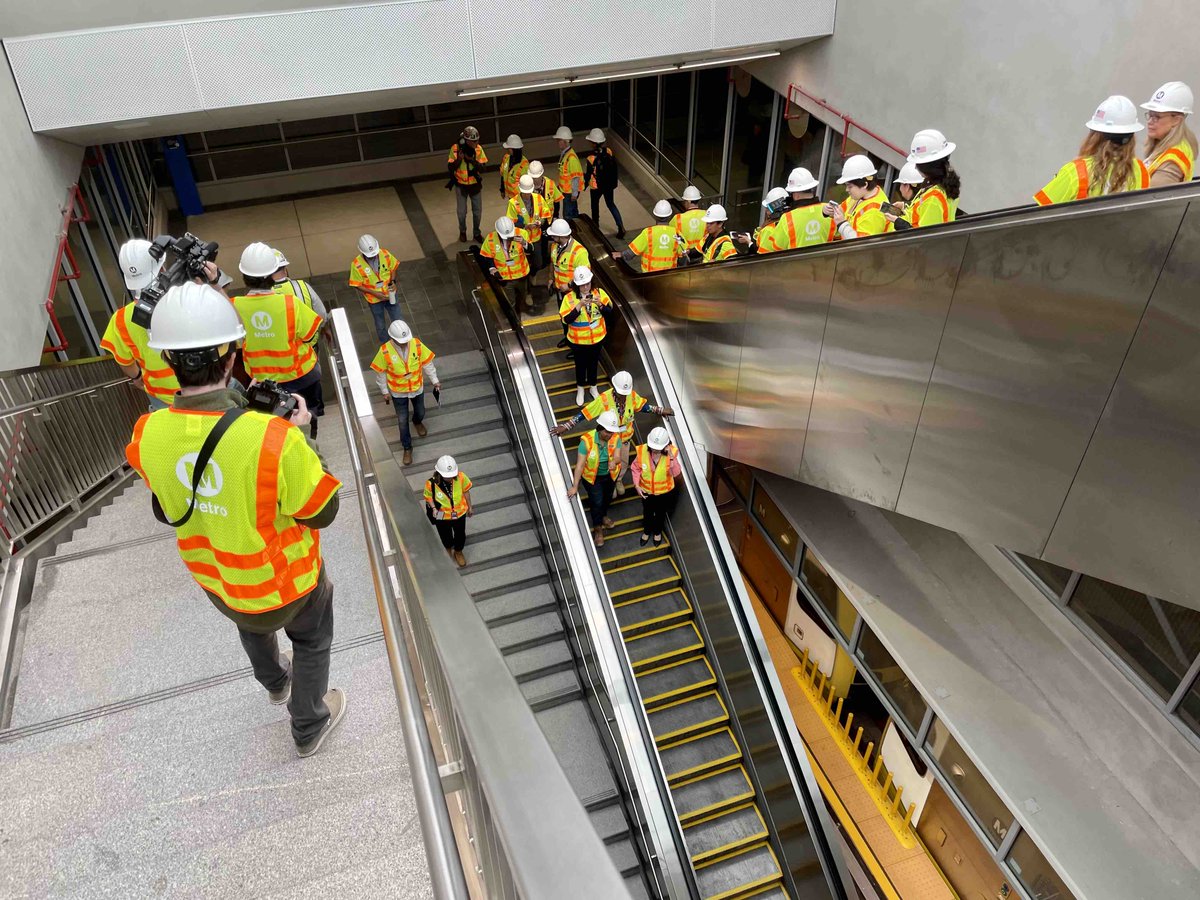
WEST HOLLYWOOD—The city is spreading the word that Metro will be hosting meetings on September 19 and September 26 to provide an update to the community about the environmental study underway to bring future Metro rail service to West Hollywood.
The meetings are for residents and stakeholders to provide feedback to Metro about what members find important and routes preferred for the Northern Extension of the Metro K Line (formerly known as the Crenshaw/LAX Line).
The city of West Hollywood indicated in a press release that Metro will select a final route for the project with community input. Depending on the chosen route, the city will be served by a single station on the City’s eastern municipal border or could be served by as many as four underground rail stations located in West Hollywood.
On Tuesday, September 19 from 12 p.m. to 1:30 p.m., Metro will host a virtual webinar on Zoom, which will consist of a presentation followed by a Q&A session. Participants can join at https://us02web.zoom.us/j/87336933668.
On Tuesday, September 26 from 5 p.m. to 7 p.m., Metro will host an in-person meeting at the West Hollywood Park Aquatic and Recreation Center’s Doheny Room, located at 8750 El Tovar Place, next to the West Hollywood Library. The meeting will provide an opportunity for attendees to get the latest information about the project and provide feedback to the Metro team about what destinations, route alternatives, and design considerations should be served by future rail service.
For individuals not able to attend, Metro will accept feedback by email and on its project hotline. Emails can be sent to klinenorth@metro.net or contact (213) 418-3093. For more details about the project, to sign up for project updates, or to submit feedback, visit www.weho.org/metro.
To learn more about the Metro K Line Northern Extension project visit https://www.metro.net/projects/kline-northern-extension.
Metro is in the process of completing an environmental study to examine the possible impacts of the future rail project and to inform its decision as it prepares to select the final route for rail between Mid-City Los Angeles, West Hollywood, and Hollywood. During its September meetings, Metro will provide an update on work since the last community meetings in June 2022.
Of the three routes under consideration (La Brea, Fairfax, and the Fairfax-San Vicente Hybrid), West Hollywood supports the Fairfax-San Vicente Hybrid alignment, which would serve more residents and businesses as well as more key regional destinations, healthcare and cultural resources, and job centers in nearby areas of Los Angeles.
Metro will solicit additional public feedback on the project one final time to inform its work on the Draft Environmental Impact Report (DEIR), which is expected to be released in early 2024. Once the current environmental study process is complete, the Metro Board will determine on a final project definition and route known as a Locally Preferred Alternative (LPA).
For approximately six years, West Hollywood has been working with West Hollywood Advocates for Metro Rail (WHAM), the All on Board Coalition, and Los Angeles to build support for Metro’s K Line Northern Extension project. For additional information visit www.weho.org/metro.
By Trevor


